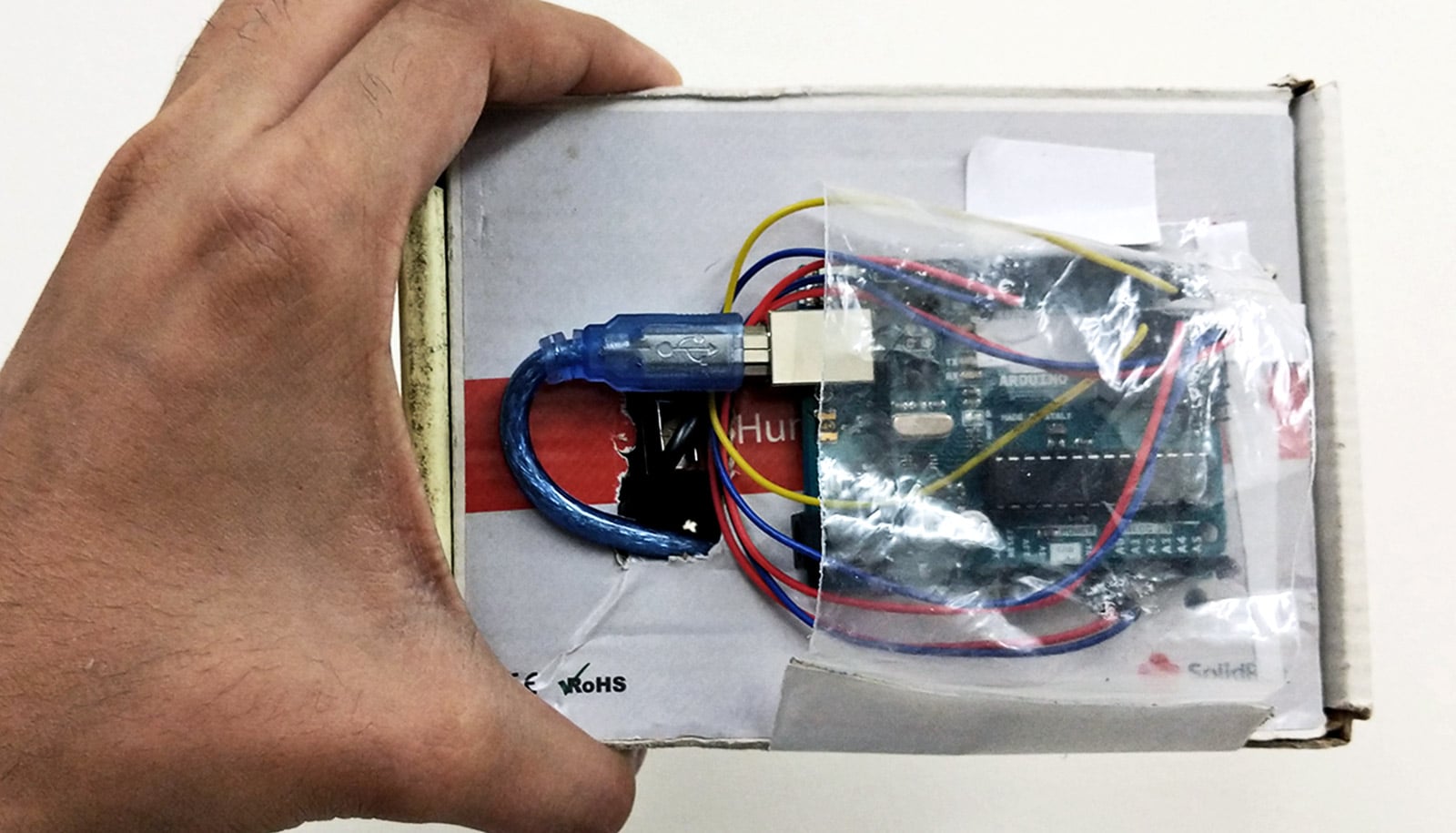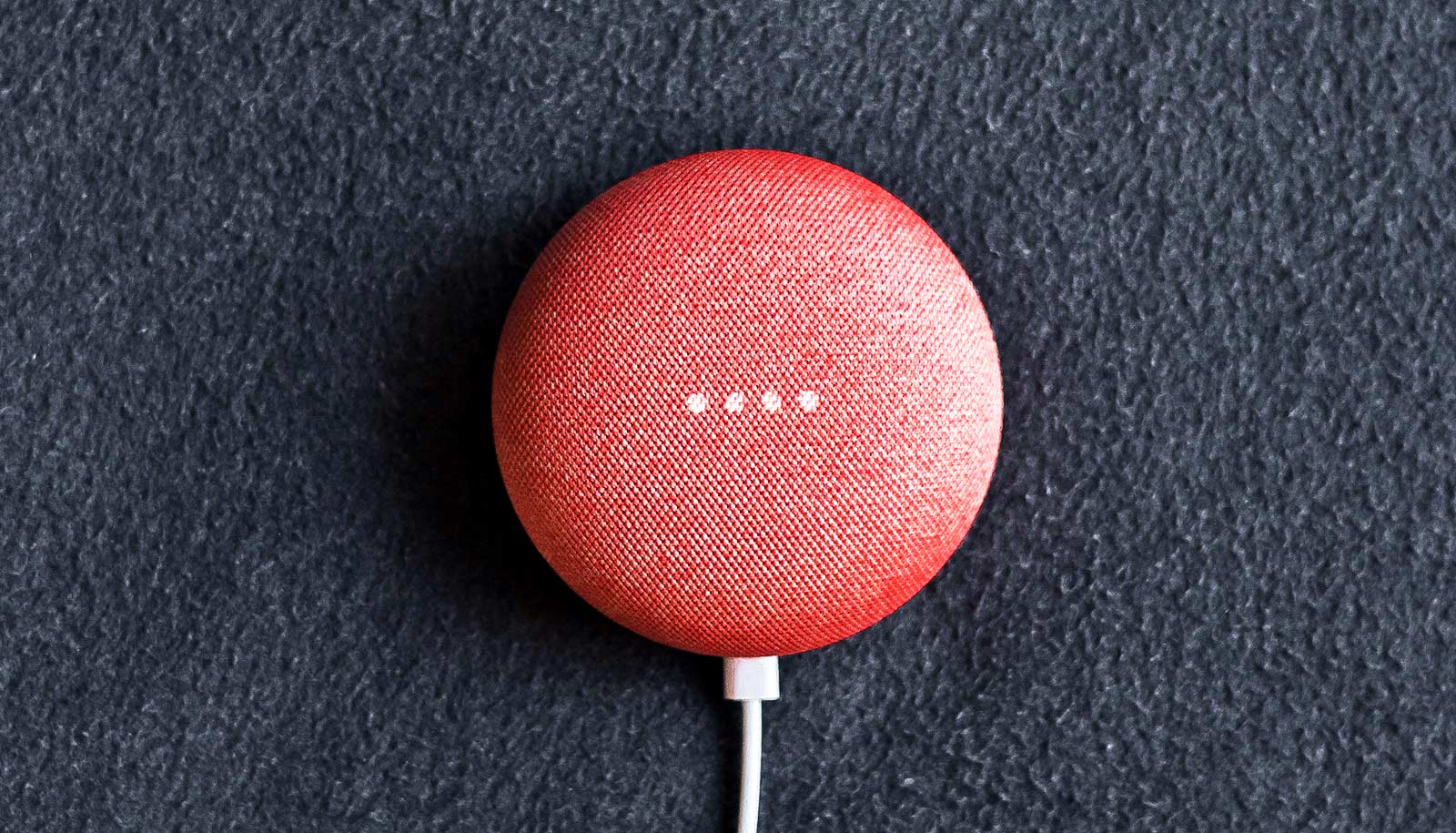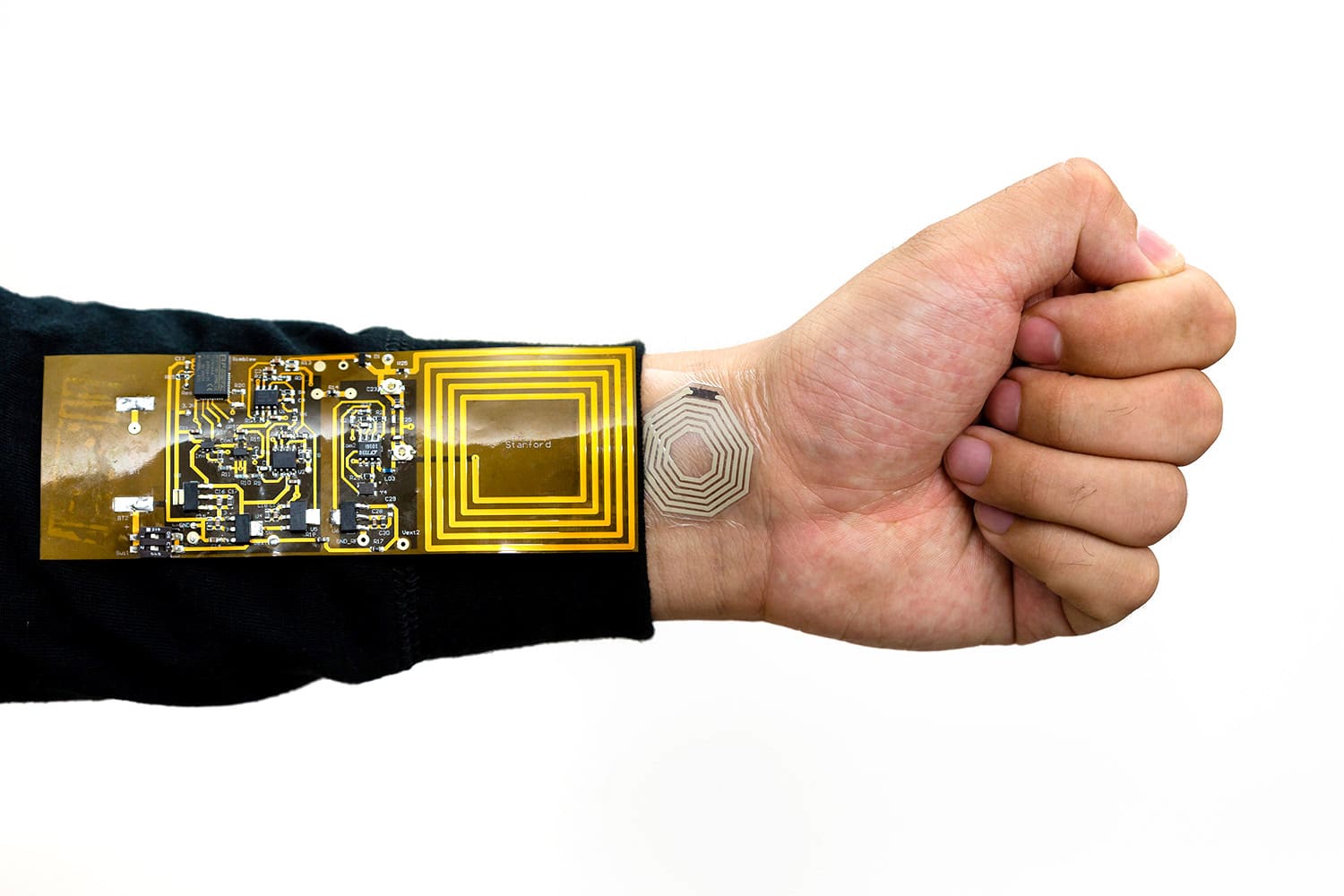A new technique uses a novel combination of WiFi signals and accelerometer technology to track devices in near-real time, researchers report.
The technique, which can measure speed and distance in indoor environments, could help improve navigation technologies for robots, drones, or pedestrians trying to find their way around an airport.
“We call our approach WiFi-assisted Inertial Odometry (WIO),” says co-corresponding author Raghav Venkatnarayan, a PhD student at North Carolina State University. “WIO uses WiFi as a velocity sensor to accurately track how far something has moved. Think of it as sonar, but using radio waves, rather than sound waves.”
Many devices, such as smartphones, incorporate technology called inertial measurement units (IMUs) to calculate how far a device has moved. However, IMUs suffer from large drift errors, meaning that even minor inaccuracies can quickly become exaggerated.

In outdoor environments, many devices use GPS to correct their IMUs. But this doesn’t work in indoor areas, where GPS signals are unreliable or nonexistent.
“We created WIO to work in conjunction with a device’s IMU, correcting any errors and improving the accuracy of speed and distance calculations,” says co-corresponding author Muhammad Shahzad, an assistant professor of computer science. “This improvement in accuracy should also improve the calculations regarding a device’s precise location in any indoor environment where there is a WiFi signal.”
The researchers wanted to test the WIO software but ran into a problem: they could not access the WiFi network interface cards in off-the-shelf devices such as smartphones or drones. To address the problem, the researchers created a prototype device they could use in conjunction with other devices.
The researchers found that using WIO improved a device’s speed and distance calculations dramatically. For example, devices using WIO calculated distance with a margin of error ranging from 5.9% to 10.5%. Without WIO, the devices calculated distance with a margin of error from 40% to 49%.
“We envision WIO as having applications in everything from indoor navigational tools to fitness tracking to interactive gaming,” Venkatnarayan says.
“We are currently working with Sony to further improve WIO’s accuracy, with an eye toward incorporating the software into off-the-shelf technologies,” says Shahzad.
The researchers will present their paper on the work at UbiComp 2019 in London, UK.
Support for the work came from the National Science Foundation.
Source: NC State



